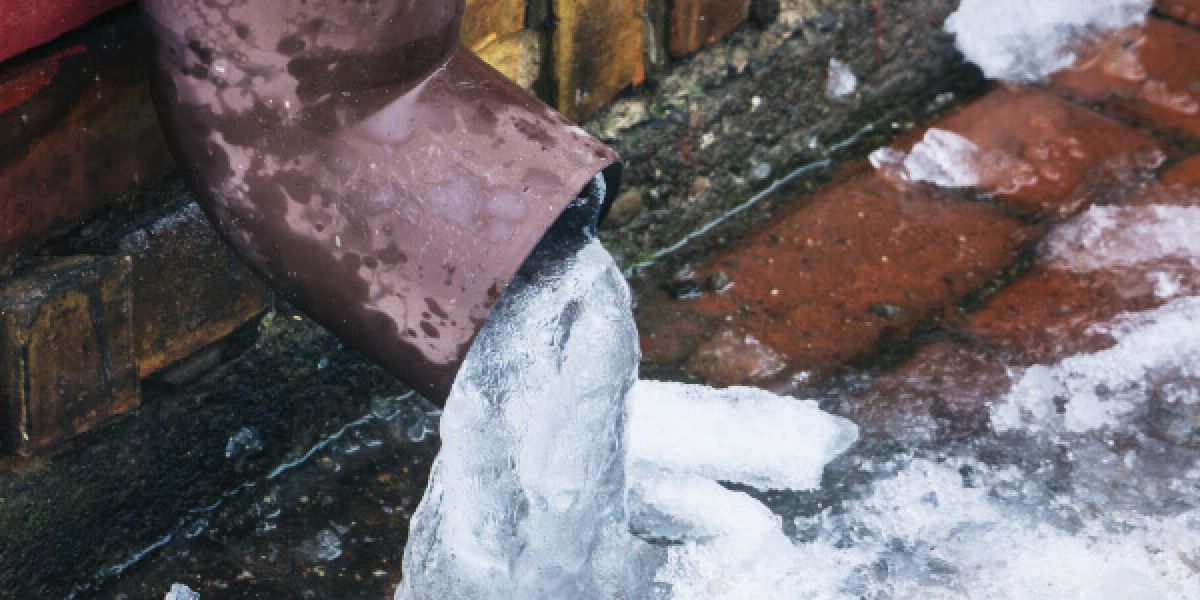Tips to Avoid Frozen Plumbing in Winter: Professional Guidance
Tips to Avoid Frozen Plumbing in Winter: Professional Guidance
Blog Article
Right here underneath you can get a bunch of great news relating to Prevent Frozen Pipes .

Cold weather can ruin your pipes, specifically by freezing pipes. Right here's how to avoid it from happening and what to do if it does.
Introduction
As temperature levels decline, the risk of icy pipelines rises, potentially bring about expensive repair work and water damage. Recognizing just how to avoid icy pipes is vital for house owners in cold environments.
Avoidance Tips
Shielding susceptible pipes
Cover pipelines in insulation sleeves or use warmth tape to protect them from freezing temperatures. Concentrate on pipelines in unheated or outside areas of the home.
Home heating methods
Keep interior spaces properly heated, particularly locations with pipes. Open cabinet doors to allow cozy air to circulate around pipelines under sinks.
Just how to recognize icy pipelines
Try to find reduced water flow from faucets, uncommon smells or sounds from pipelines, and noticeable frost on revealed pipes.
Long-Term Solutions
Architectural modifications
Take into consideration rerouting pipes far from outside wall surfaces or unheated areas. Include extra insulation to attics, cellars, and crawl spaces.
Updating insulation
Buy high-quality insulation for pipes, attics, and wall surfaces. Appropriate insulation helps preserve constant temperature levels and reduces the danger of frozen pipelines.
Shielding Exterior Plumbing
Garden hose pipes and outside taps
Separate and drain pipes garden tubes before winter months. Install frost-proof spigots or cover outside faucets with protected caps.
Recognizing Icy Pipelines
What causes pipes to freeze?
Pipelines freeze when subjected to temperatures below 32 ° F (0 ° C) for prolonged periods. As water inside the pipes freezes, it expands, taxing the pipe wall surfaces and potentially creating them to break.
Threats and damages
Frozen pipelines can bring about water system disruptions, building damages, and pricey repairs. Burst pipelines can flood homes and cause extensive architectural damage.
Signs of Frozen Pipeline
Recognizing icy pipes early can stop them from breaking.
What to Do If Your Pipes Freeze
Immediate actions to take
If you believe icy pipes, keep faucets available to alleviate stress as the ice melts. Use a hairdryer or towels soaked in hot water to thaw pipes gradually.
Final thought
Protecting against icy pipes calls for aggressive actions and fast responses. By understanding the causes, indications, and preventive measures, house owners can secure their pipes during winter.
6 Proven Ways to Prevent Frozen Pipes and Protect Your Home
Disconnect and Drain Garden Hoses
Before winter arrives, start by disconnecting your garden hoses and draining any remaining water. Close the shut-off valves that supply outdoor hose bibs and leave the outdoor faucet open to allow any residual water to drain. For extra protection, consider using faucet covers throughout the colder months. It’s also important to drain water from any sprinkler supply lines following the manufacturer’s directions.
Insulate Exposed Pipes
Insulating your pipes is an effective way to prevent freezing. Pipe insulation is readily available at home improvement stores and is relatively inexpensive. Pay close attention to pipes in unheated areas such as the attic, basement, crawl spaces, or garage. Apply foam insulation generously to create a buffer against the cold. You can also wrap your pipes in heat tape or thermostat-controlled heat cables for added warmth.
Seal Air Leaks
Inspect your home for any cracks or openings that could let in cold air. Seal any holes around the piping in interior or exterior walls, as well as the sill plates where your home rests on its foundation. Additionally, make sure to keep your garage door closed unless you’re entering or exiting. Leaving it open creates a significant air leak that can lead to frozen pipes.
Allow Warm Air Circulation
During cold snaps, it’s essential to allow warm air to circulate evenly throughout your home. Leave interior doors ajar to promote better airflow. Open kitchen and bathroom cabinets to help distribute heat consistently around the rooms. If you have small children or pets, be sure to remove any household chemicals or potentially harmful cleaners from open cabinets for safety.
Let Faucets Drip
A small trickle of water can make a big difference in preventing ice formation inside your pipes. When temperatures drop significantly, start a drip of water from all faucets served by exposed pipes. This continuous flow helps prevent the water from freezing. Additionally, running a few faucets slightly can relieve pressure inside the pipes, reducing the chances of a rupture if the water inside does freeze.
https://choateshvac.com/6-proven-ways-to-prevent-frozen-pipes-and-protect-your-home/

I'm very interested by Helpful Tips to Prevent Frozen Pipes this Winter and I hope you liked my post. In case you enjoyed our article if you please don't forget to share it. Thanks for taking the time to read it.
Call Today Report this page